Insights
7 Google Ads Examples You Must Know To Improve Campaigns In 2025
On Digitals
15/10/2025
36
What is Google Ads?
Google Ads is Google’s powerful online advertising platform that allows you to reach the right target audience with your campaign at the precise moment they are searching for your product or service. Understanding various Google Ads examples is crucial for success.
A key feature of Google Ads is the personalized nature of its pricing, enabling business owners to customize their budget and spending to match their industry and the level of market competition.
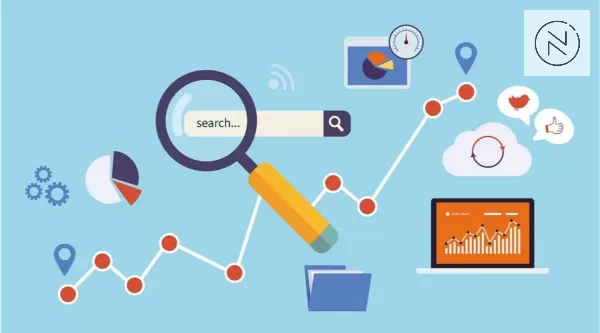
Main pricing methods of Google Ads
Google Ads primarily uses three main pricing methods:
- Cost Per Click (CPC): You only pay when a user clicks on your ad. Note: CPC costs are not fixed; they fluctuate depending on your industry and market competition, as seen in many successful Google Ads examples.
- Cost Per Mille/1000 Impressions (CPM): Cost is incurred after every 1,000 ad impressions (times your ad is shown to users).
- Cost Per Acquisition (CPA): Cost is calculated when a user performs a specific action (conversion) on your website after clicking the ad (e.g., making a purchase, filling out a form).
Ultimately, the cost of your online advertising campaign on Google Ads depends on numerous variables. To secure the best ad position and optimize your spending, you need to provide an excellent user experience on your website. Analyzing various Google Ads examples reveals that a good user experience is a crucial factor Google prioritizes when evaluating your campaign.
The Google Ads “Goldmine” in 2025: Why It Matters Now
In 2025, with the powerful support of AI, the connection between businesses and customers is more optimized than ever, thanks to precise targeting capabilities and superior data-driven insights.
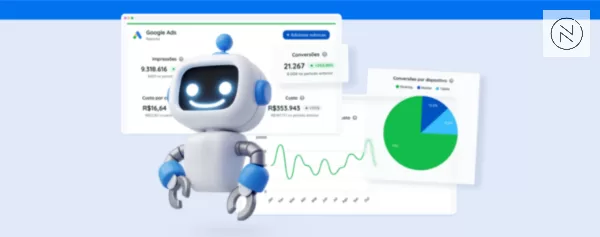
AI support in Google Ads
Furthermore, Google Ads remains a “goldmine” for businesses due to the following core capabilities:
- Data-Driven Strategy: Leveraging data from the platform, Google Ads provides in-depth analytics, allowing businesses to track every click, lead, and conversion rate. This detailed data visibility forms a solid foundation for optimizing Return on Investment (ROI).
- Automation Capability: The main trend of 2025 is full automation. Campaign processes must be simplified, enabling Google’s AI to automatically optimize data points simultaneously. This ensures the highest efficiency in achieving conversion goals.
- Data Security Assurance: In a privacy-first landscape, existing customer data is the most crucial asset. Google Ads offers tools to utilize this data safely and effectively, ensuring campaign performance and personalization while traditional tracking methods are phased out.
In-Depth Analysis of 7 Successful Google Ads Examples
We’ve established that Google Ads is a strategic “goldmine” in 2025 thanks to AI and data. However, modern technology cannot completely replace the human element, which is creativity and deep customer empathy. If you rely solely on automated settings and lack uniqueness, your campaign will sink among hundreds of competitors. This is why we need to learn from real-world Google Ads examples to turn theory into a competitive edge.
The following Google Ads examples highlight the key elements that create true differentiation in any campaign.
1. Differentiation Creates Impact (Search Ads)
In today’s saturated advertising landscape, many ad copies become predictable because they follow almost identical patterns, lacking breakthrough originality. Differentiation is the key to standing out to users and avoiding the “wasted click.”
- Example to Implement: Compare a generic search ad headline (“Affordable Plumbing Service”) with a unique headline that addresses the customer’s pain point unexpectedly (“Burst Pipe? Call Now – Arrive in 15 Minutes!”). The second headline focuses on speed and transparency, building immediate trust.
2. The Power of Wordplay (Search Ads)
If you have a talent for wordplay, using sharp and witty language is a huge advantage. Wordplay creates an instant emotional connection, turning a boring message into an irresistible Call-to-Action (CTA). This is a clear Google Ads example where creativity in language directly increases engagement and makes the ad unforgettable.
- Example to Implement: Point out a search ad headline that uses a trick question or industry-related wordplay (“Don’t Let Your CV ‘Fail’! Upgrade Now with professional CV services.”). Analyze how it grabs attention compared to a standard headline.

Google ads example about the power of wordplay
- Leveraging Genuine Urgency (Search Ads)
Urgency in advertising must be personalized and specific. Customers are strongly inclined to act when they perceive a benefit is about to expire. This taps into the FOMO (Fear of Missing Out) psychology, and if your ad hits this emotional trigger correctly, the conversion rate is guaranteed to increase, a perfect Google Ads example of urgency done right.
- Example to Implement: Use the Countdown Customizer in the headline to display the remaining time for a Flash Sale. For example: “30% OFF Flash Sale! Ends in 1 Hour 30 Minutes!”, the sense of immediacy drives instant action.

The example about the leveraging genuine urgency
4. Visual Optimization (Display Ads)
Display Ads must command attention instantly through visuals. An effective ad is not merely a product photo, but one that tells a story. Many small businesses often only upload product images with details confined to the body text, while larger brands design visual assets that are both informative and captivating. This is the secret to making an ad stand out and memorable.
- Example to Implement: Analyze a Responsive Display Ad (RDA) that uses Before & After imagery or emotionally resonant photos (e.g., a radiant face after using the product) instead of just a product shot on a white background.

The better the visuals, the better the performance
5. Personalized Remarketing (Remarketing Ads)
Remarketing is only effective when the message is different from the initial visit. If customers see the exact same ad again, they easily ignore it, thinking you have nothing new to offer or simply the . Instead, personalize the experience to create the feeling of an “ad made just for me.”
- Example to Implement: Show a special offer to cart abandoners: “We saved your spot! Get 10% off the items in your cart.”. This simultaneously reminds them of the product they were interested in and pushes them to purchase with a clear incentive.
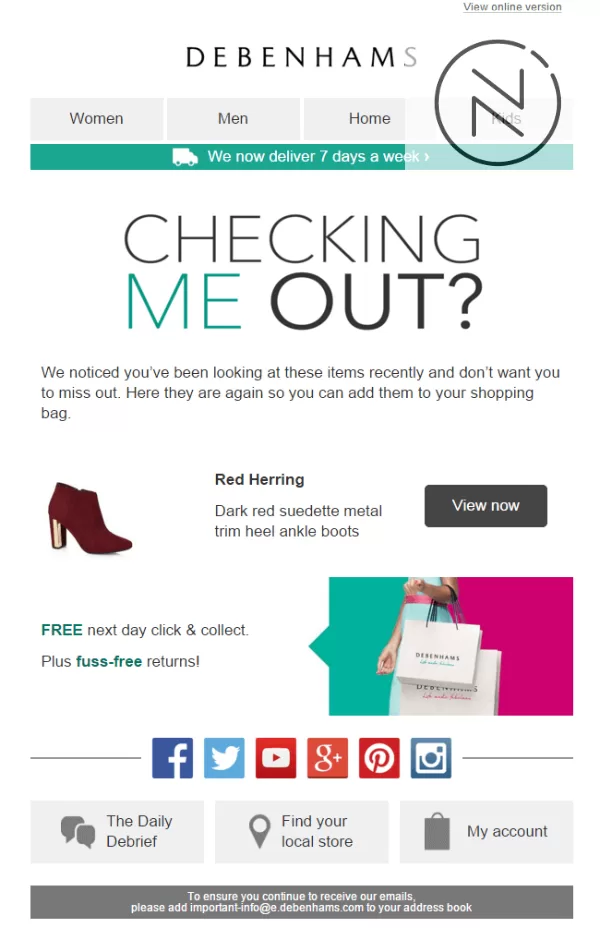
Personalization in remarketing helps re-engage customers
6. Short-Form Videos (Video Ads – Bumper Ads)
A great Google Ads example is the 6-second Bumper Ads format on YouTube, where the deciding factor is being concise and impactful. In this extremely short timeframe, the ad must grab attention and leave a strong brand impression. An effective strategy is to use the first 3 seconds to present the problem and the final 3 seconds to deliver a surprising or humorous solution.
- Example to Implement: A Bumper Ad that starts with the visual of a “Laptop lagging during a meeting” (problem) and ends with “Upgrade with XYZ – Work Smarter Today” (solution) accompanied by the brand logo.
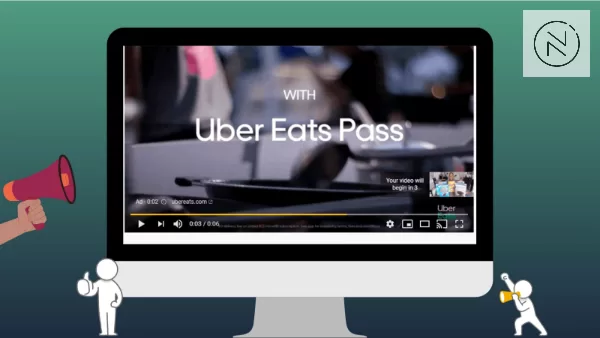
Unexpected Results from Video Ad Formats
7. Exploring New Audiences (Discovery Ads)
Discovery Ads unleash their power when businesses test new customer segments through high-quality visuals on various content feeds. Instead of only targeting those who have searched for the product, you can expand to groups with related interests or behaviors (Affinity Audience).
- Example to Implement: Analyze a Discovery Ad campaign using storytelling or a lifestyle image (e.g., a group of friends enjoying a trip with product X). This helps capture the attention of users who haven’t searched but have similar interests, thereby expanding the potential customer base.

Discovery Ads Boost User Click-Through Rates
Each google ads example offers a unique way to improve your campaigns. It’s time to apply these google ads examples in practice to achieve outstanding results.
FAQ About Google Ads Examples You Must Know To Improve Campaigns In 2025
1. What are the main pricing models in Google Ads?
Google Ads primarily uses three pricing models:
- CPC (Cost Per Click): You pay only when a user clicks on your ad.
- CPM (Cost Per Mille/1000 Impressions): You pay per 1,000 impressions.
- CPA (Cost Per Acquisition): You pay when a specific conversion occurs, like a purchase or form submission.
2. Why is Google Ads considered a “goldmine” in 2025?
In 2025, Google Ads leverages AI-driven automation, precise targeting, and secure data usage. This allows businesses to reduce wasted spend, achieve higher ROI, and build sustainable competitive advantages through real-time optimization and personalization.
3. What is an example of using urgency effectively in Google Ads?
A strong example is using the Countdown Customizer in search ads. For instance: “30% OFF Flash Sale! Ends in 1 Hour 30 Minutes!” This creates a real-time sense of urgency, tapping into FOMO psychology and driving instant conversions.
4. How do remarketing examples improve Google Ads performance?
Remarketing is most effective when personalized. Instead of showing the same generic ad, a good example would be targeting cart abandoners with “We saved your spot! Get 10% off the items in your cart.” This reminder plus incentive often increases return visits and purchases.
5. Can you give an example of a strong Display Ad in 2025?
Instead of using only a plain product photo, a successful display ad example might show Before & After visuals (e.g., skincare transformation) or emotional storytelling images. This helps capture attention and makes the ad more memorable compared to standard product shots.
Unlocking Success with Google Ads Examples and On Digitals
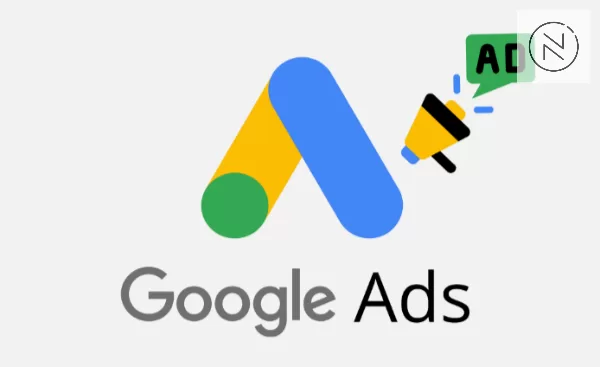
Mastering Google Ads with On Digitals
In 2025, mastering Google Ads is essential for any business that wants to stay ahead in the competitive landscape. A key step in this mastery is learning from real-world Google Ads examples, which provide valuable insights and practical benefits. From leveraging urgency and creative wordplay to optimizing visuals and remarketing, these examples offer proven strategies to boost campaign performance. Ultimately, success comes from blending automation with creativity, ensuring your ads connect with the right audience at the right time.
At this point, applying these strategies may feel overwhelming, but you don’t have to do it alone. On Digitals, as a trusted digital marketing agency, helps businesses design data-driven campaigns, tailor creative Google Ads services, and unlock sustainable growth in the evolving advertising landscape of 2025.
NEWEST POSTS
- A Complete Guide to Programmatic Advertising for Digital Campaign Success
- A Complete Guide to Influencer Marketing ROI for Better Performance
- Account Based Marketing For B2B Teams Seeking Stronger Growth
- How To Spot Fake Followers On Influencer Profiles And Boost ROI
- Nano Vs micro influencers: Key differences And Best Uses
Read more
